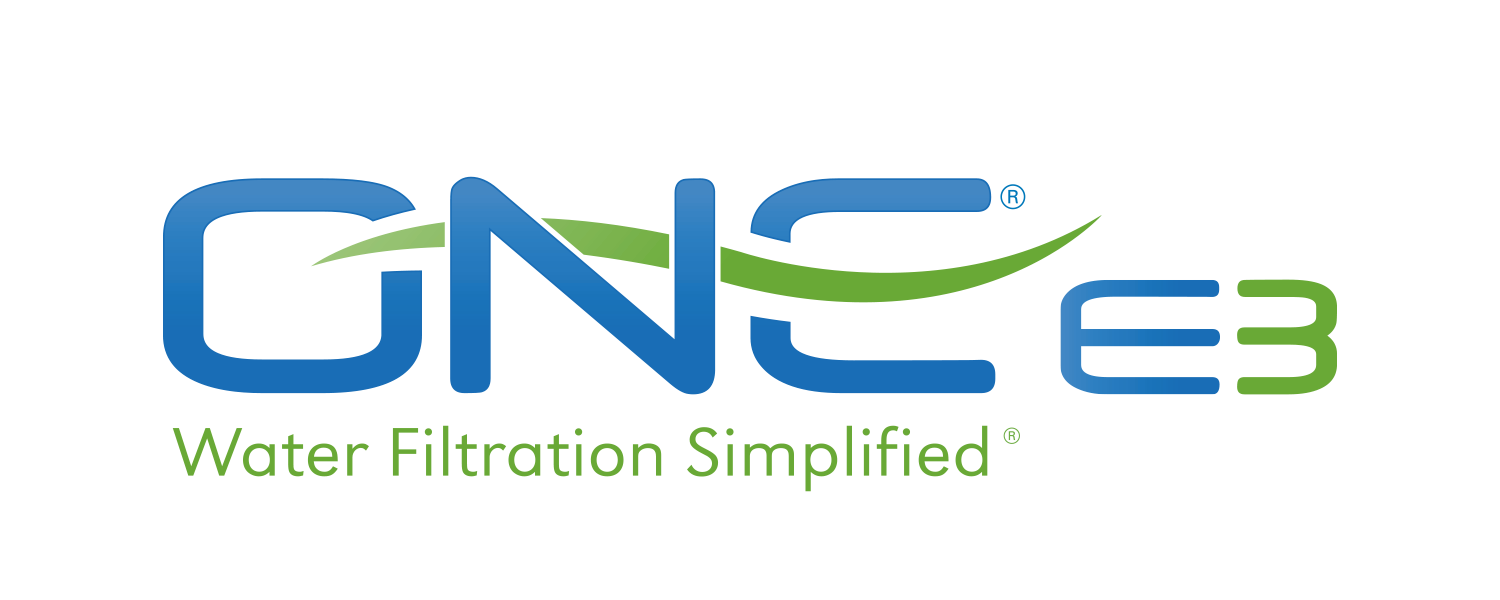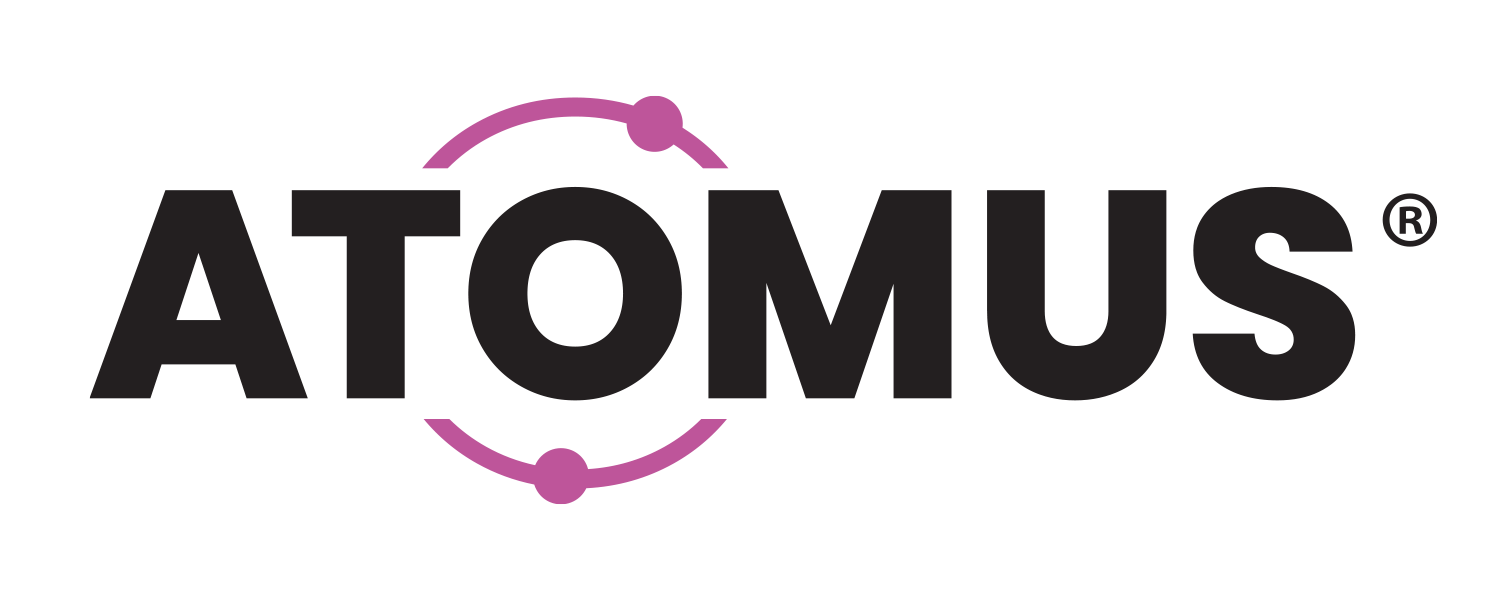The U.S. Environmental Protection Agency (EPA) requires every community to issue an annual Consumer Confidence Report (CCR) on water quality and make it available to the public.
According to the EPA: “A CCR is an annual water quality report delivered by community water systems (CWSs) to their customers. The CCR includes information on source water, the levels of detected contaminants, and compliance with drinking water rules.”
How to get a copy of your CCR:
You should receive a CCR from your water supplier each year by July 1. CCRs can also typically be accessed by asking your supplier. According to the NSF, a public health and safety organization:
“Most homeowners will automatically receive a copy of the report each year. People living in apartments or condominiums may not receive a copy directly, but can still access this information on their community’s website or by calling the local water department.”
CCRs can look a little technical and daunting, but don’t be deterred. This NSF post is a great resource for reading and understanding your CCR.
Why you should read your CCR:
For people with questions about what’s in their water (especially in the wake of all the recent reports about lead in drinking water), your CCR is a practical place to start.
“The report not only informs residents about the source of their drinking water, but it also provides recent test results about what contaminants may be in the water,” the Water Quality Association (WQA) stated in this recent news release.
It’s important to note that CCRs cover public water supplies only, not private well water. The WQA adds, “most of these tests are not designed to monitor the water quality in the pipes which transport water to residents’ homes.” So if your CCR says your water is good but you still have concerns, you might want to have your water tested.


